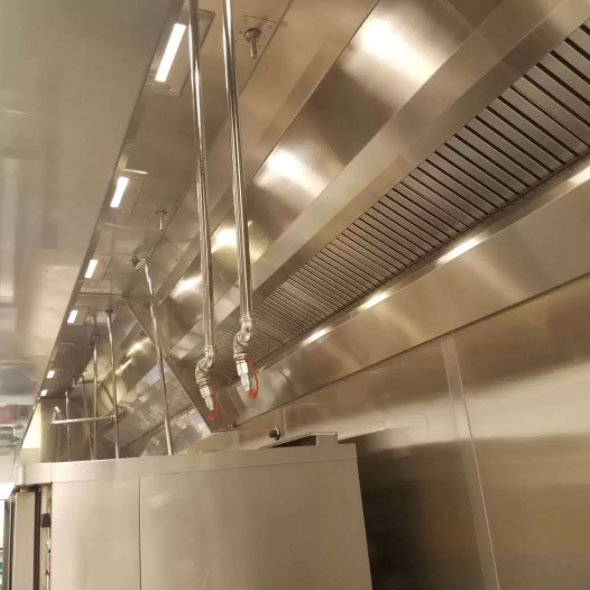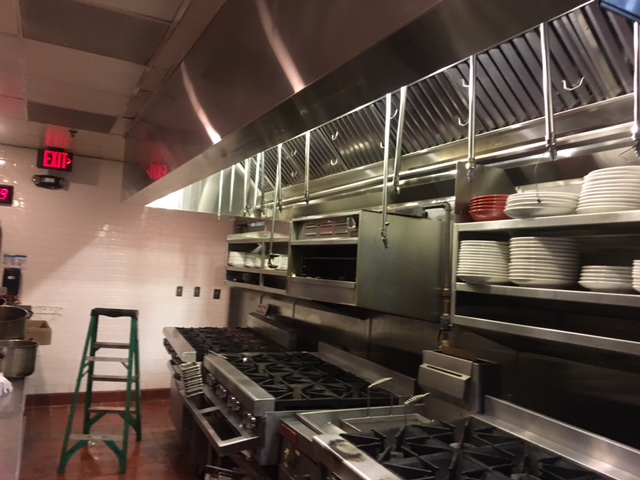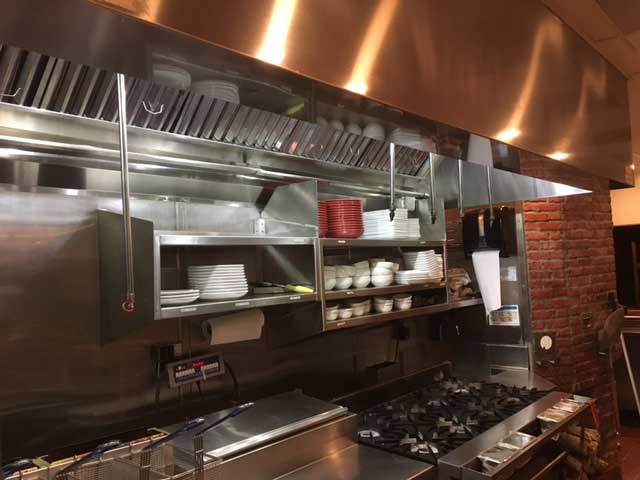From Grease to Glowing: A Comprehensive Step-by-Step Guide for Maintaining a Safe and Clean Kitchen Exhaust System in San Jose
Welcome to our comprehensive guide on maintaining a clean and safe kitchen exhaust system in San Jose. As experts in our field, we understand how essential an effective exhaust system is for maintaining both its own cleanliness and ensuring staff and customer safety. In this article, we will outline a step-by-step process that will keep your exhaust system in peak condition – guaranteeing optimal performance as well as compliance with safety regulations.
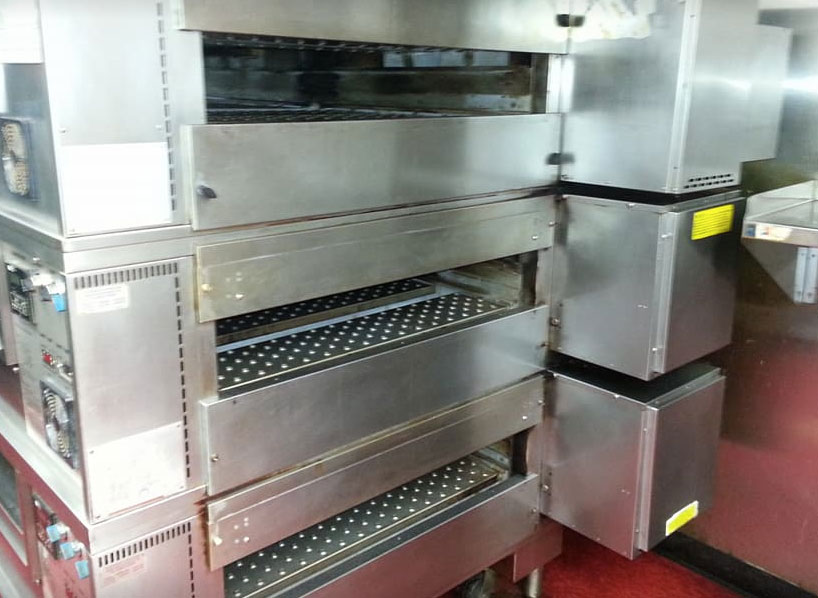
Before we delve into the maintenance process, let’s briefly outline the components of a typical kitchen exhaust system. It typically includes a hood, filters, ductwork and an exhaust fan whose primary goal is to remove smoke, heat, grease and odor generated while cooking to provide a safe and enjoyable cooking environment for everyone present.
Step 1: Regular Cleaning of Hood and Filters
To maintain an efficient kitchen exhaust system, the first step should be regular maintenance of both its hood and filters. A hood captures airborne grease and particles before entering ductwork – make sure its exterior and interior surfaces are cleaned using degreaser before wiping with soft cloth to keep things looking their best! Additionally, follow manufacturer recommendations regarding filters replacement to maintain optimal airflow.
Step 2: Thorough Ductwork Cleaning
Ductwork plays an essential role in transporting exhaust air from the hood to the exterior of a building, but overtime it may become filled with grease and debris that poses a fire hazard. Therefore, professional hood cleaning services should be hired for thorough ductwork cleaning services are highly recommended as they have the expertise and equipment to remove grease build-up in an effort to provide a cleaner environment.
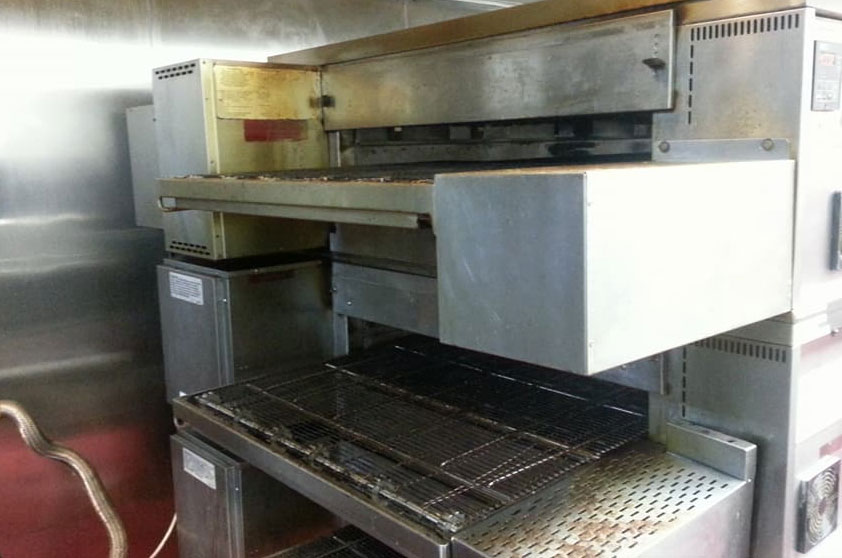
Step 3: Clean Exhaust Fan
An exhaust fan is responsible for pulling air through a system and expelling it outside, so routine cleaning of its blades and motor is essential to maintaining efficiency and preventing build-up of grease that could compromise its performance or increase fire risks. Make sure the power is disconnected before cleaning the fan to avoid accidents, then wipe its blades with damp cloth as directed by manufacturer instructions or follow any necessary procedures outlined by them for cleaning purposes.
Step 4: Fire Suppression System Maintenance
In addition to regular kitchen cleaning, it is equally essential that the fire suppression system be maintained and tested regularly by an accredited technician to meet safety regulations and provide optimal protection. Specifically designed to detect and extinguish fires that might start up within your cooking area, fire suppression systems detect and extinguish them in real-time as they develop in your cooking space. It must be checked, tested and serviced regularly so as to comply with safety standards while providing maximum protection.
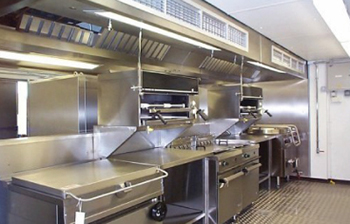
Step 5: Schedule Regular Inspects
To ensure the long-term functionality of your kitchen exhaust system, schedule professional inspections regularly. Professional inspectors can identify potential issues such as worn-out belts, loose connections or damaged components and address them quickly – potentially saving costly repairs or downtime for your operations in the long run.
Conclusion
Maintaining a clean and safe kitchen exhaust system is vital to both its smooth operation and your personal wellbeing. By following our step-by-step guide, you can ensure your system remains in great shape, is compliant with safety regulations, and performs optimally. Remember: regular professional maintenance checks, professional cleaning sessions, and inspections will help to keep it in good shape!



